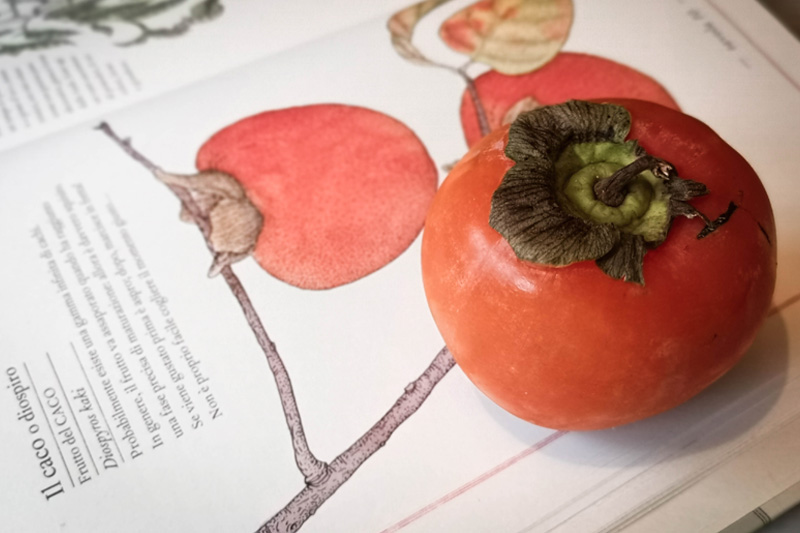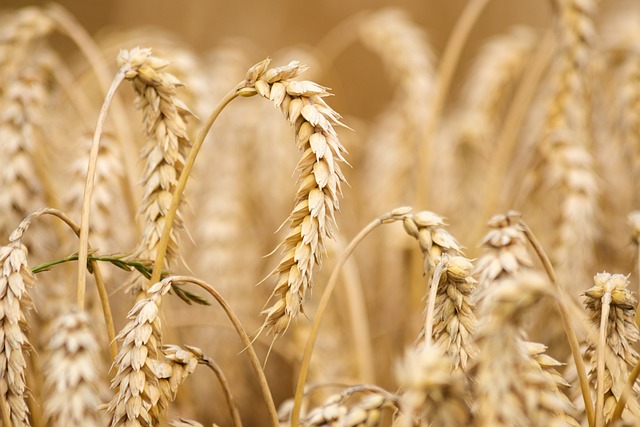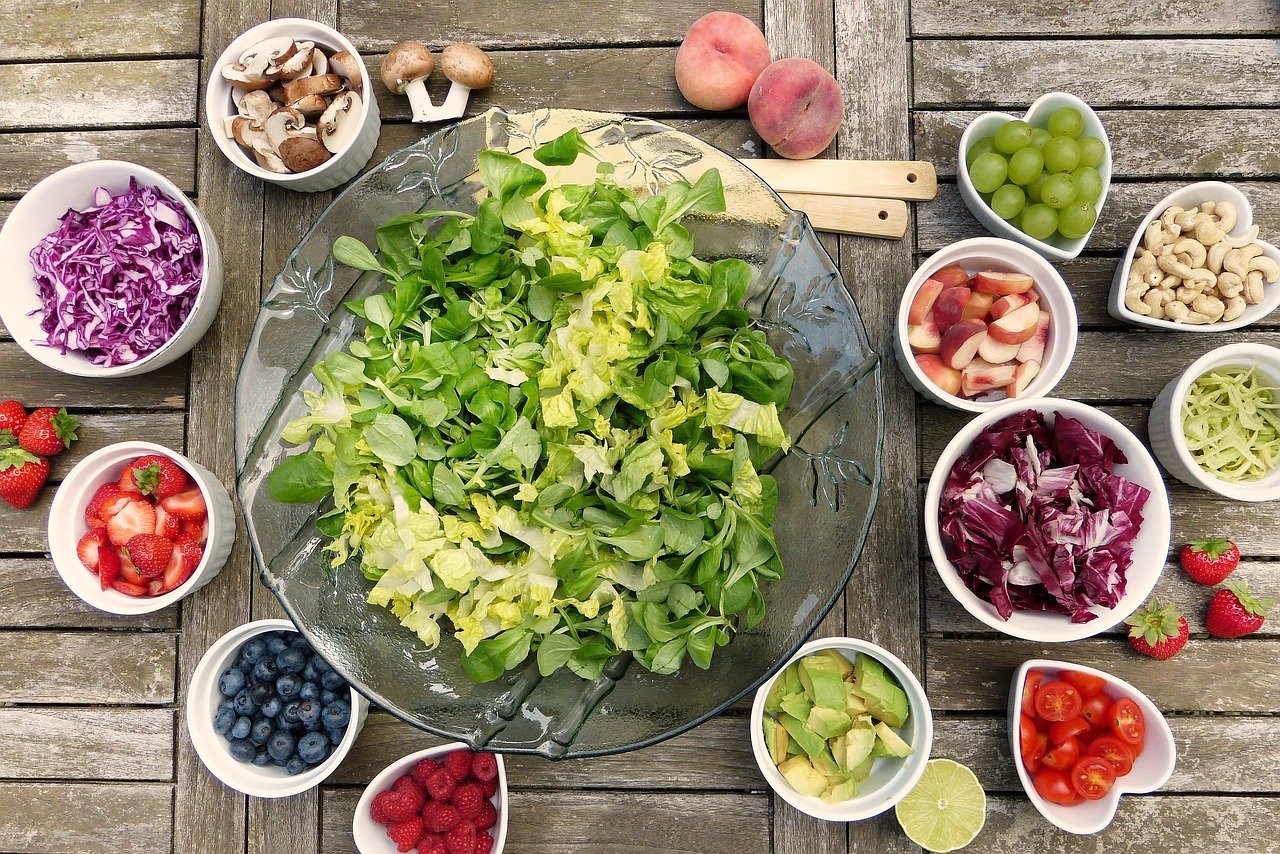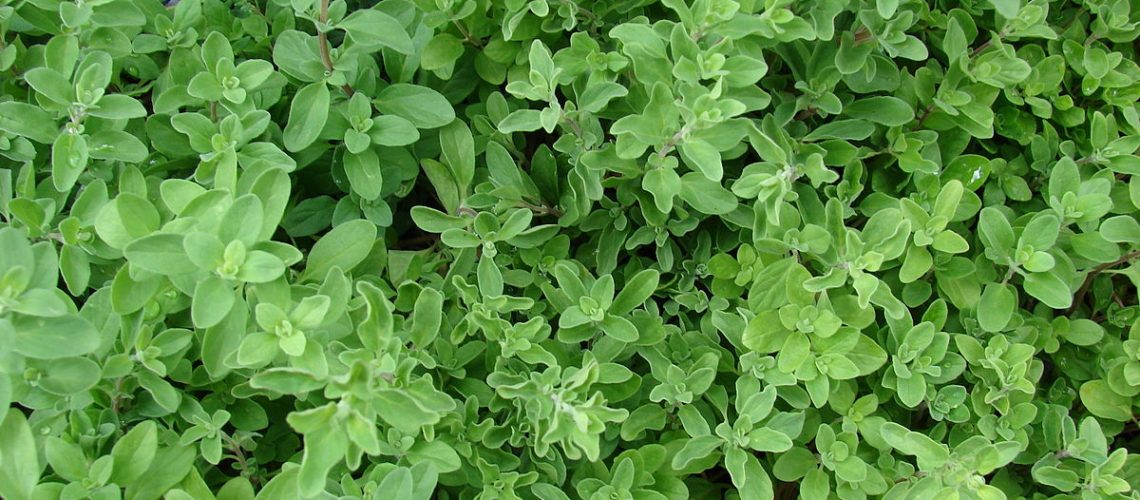Origanum Majorana: this is the botanical name for marjoram, an aromatic plant widely used in Mediterranean cuisine, especially French but also Italian, often ‘deceptively’ mistaken for oregano (and the scientific name explains this risk well). The two spices although similar and related in several respects, actually have peculiar differences. Let’s find out together.
Origins and asepct. The major is native to northeast Africa and East Asia, indigenous to Cyprus, Egypt, Arabia and southern Turkey: territories where it grows wild. In Europe, including Italy, it is equally widespread, but it needs to be cultivated to find appropriate conditions for development. Marjoram belongs to theLabiatae family , the same as oregano (of course), but also thyme, cumin, anise, and fennel. And with oregano, marjoram also shares its genus – Origanum -, making them similar in appearance, taste and smell, but with some differences starting with the taste, more delicate in the case of marjoram. How can you recognize the plant? It is a shrub, perennial growing, with an erect, reddish-colored stem that can reach 60-80 cm in height; it has small, maximum 3 cm, oval-shaped leaves covered with a light down that give off a strong aromatic scent, and are deciduous, that is, they are lost in winter to revegetate richly at the end of the cold season. I fiori tiny, collected in spikes in the terminal twigs, with a corolla between white and pink at the beginning of flowering finto reach yellowish hues once mature. The flowering period is from June to September, and pollination is by tiny insects; after fertilization of the flower, the seed obtained is small and brownish.
‘Legendary’ etymology. The origin of marjoram’s botanical name is debated: it is believed that it may derive from the Latin word “amaracum,” itself a Greek derivation from “amarakos.” Perhaps because of its assonance to the word “amor” (love), it was attributed aphrodisiac potential in Roman literature. However, it is thought that there may also have been an influence with the Latin word “maior,” meaning greater, superior. While others, due to the fact that marjoram is also known by the appellation of Amaracus majorana or Origanum amaracus, attribute the birth of the name to Greek mythology: in fact, it is said that at the mansion of Ciniros, king of Cyprus, lived Amaracus, a young official in charge of guarding the palace’s perfumes. One day a jar that contained a particularly fine fragrance broke, and Amaracus heartbroken with deep sorrow, allowed himself to die. The gods, moved to compassion, turned him into a marjoram plant.
Curiosity. But mythology is not the only ‘history’ to which marjoram is linked, in fact there would be evidence that:
- For Greeks and Romans it was a symbol of happiness, but not only that. In fact, it was believed to have the power to repel witches, wizards, goblins, ghosts, even the devil if a twig was thrown over the threshold of the house or hung over the entrance.
- Ancient Greek physicians considered it an antidote to snake bites and rheumatism.
- Shakespeare, in his play “All’s Well that Ends Well,” mentions its virtues as a seasoning spice.
- It is estimated that marjoram was introduced to Europe by the Crusaders, and it was not until the Middle Ages that the first cultivation in vegetable gardens would be recorded.
- In the language of flowers, it is the herb of love. This meaning is thought to derive from the fact that in Roman and Greek legend, there is evidence of the adulation of Venus (Aphrodite in Greek), goddess of love, for this spice with which she intended to remind mortals of her beauty. That is why, it is said, the bride and groom during the wedding ceremony wore a marjoram wreath. It was also believed that by placing a sprig of marjoram under a woman’s pillow, Aphrodite could reveal to her in a dream the identity of her future spouse.
- In past times, before the use of hops became widespread, it was used as the main ingredient in brewing beer.
- During the two world wars, in times of extreme poverty, marjoram was sometimes used as a substitute for tobacco.
In the kitchen. Because of its intense yet delicate aroma, marjoram finds wide use in traditional Mediterranean recipes, especially French where it is the basic spice in the Provençal herb mix for example, but also Italian, enhancing the flavor of the main ingredients. The commonly used variety is also known as “sweet marjoram” or“garden marjoram“: a versatile spice is suitable for various dishes such as:
- savory meat or fish dishes, pasta dishes, legumes, pizza, or strong-tasting foods such as mushrooms, nuts, and cheeses
- produce and dishes of the (most) summer season such as fresh borlotti beans, grilled vegetables, as well as raw salads
- Omelette or other egg-based dishes
In addition, its use:
- can replace oregano on fresh tomatoes or pizza Marinara, or even on baked potatoes or inside the fillings of rustic pies and savory specialties
- can be the basis of a marjoram pesto.
Marjoram can be used either fresh or dried, but it is advisable to add it only at the end of cooking, to prevent heat from diminishing its organoleptic properties and aro matic ‘qualities’. In addition, integrated into the diet, it can help reduce salt consumption without depriving foods of flavor, and being a low-calorie spice, with only 272 calories per 100 grams, it is also suitable for use in weight-loss diets.
The other uses of marjoram. Perhaps less well known are the nonculinary uses that can be made of this spice. For example, marjoram can be used:
- To perfume linen, placed inside small fabric bags, on a par with lavender
- To polish furniture by rubbing its leaves and flowers on wood
- To prepare infusions with the aerial parts of the plant
- In cosmetics and herbal medicine, flowers and leaves can be used for the formulation of the essential oil rich in tannins, flavonoids and terpenes and many other components such as sabinene, terpinene, alpha-terpinene, gamma-terpinene, terpinolene, terpineol and linalyl acetate, or the mother tincture, both of which can be used for both internal and external use.
Cultivation. Marjoram can have a prime place on the balcony in the herb corner or in the vegetable garden because of its goodness, qualities, and ease of cultivation both in pots and in the ground. In fact, it does not require special care or excessive amounts of water. Here are the warnings for ‘good’ cultivation:
- It likes mild temperatures, fears winter frost and prefers well-sunny locations. In winter, in territory with harsh climate, it should be protected with mulches or covers that can limit frost. Decisive pruning before cold weather (so in autumn) is also recommended in these cases. If potted, it should be moved to a sheltered place. Marjoram generally needs heat: germination occurs around 12-15°C, but the time of greatest productivity is when temperatures reach 20-25°C.
- Marjoram has no special soil requirements; however, limey soils with plenty of sunlight and well draining so that water does not stagnate are preferable. Light organic fertilization with compost or manure may be useful.
Sowing. Marjoram should be sown in early spring between March and April; in the case of seedbeds, it can be sown earlier in February. It is still better to sow seeds in a protected environment, such as in small balcony or terrace greenhouses. Seeds should be distributed in rows or scatter and covered only with a very loose layer of soil. The seeds will then germinate in 7 to 14 days. Transplanting to pots or full soil, when the plant has reached about 6-8 cm in height, should be done in late spring. The first year the young seedling will be low in production, but by the second year there should be a rich production of leaves and inflorescences.
Cuttings. Starting in the second year, cuttings can be taken in late spring to be planted initially in pots and from the second year in the ground.
Irrigation. As with many medicinal plants found in Mediterranean areas, marjoram is able to obtain the necessary water resources from seasonal rains, so irrigation/watering should always be restrained. In general: if the plant is developed, watering is limited to periods of exceptional drought; if the plant is young, periodic watering is needed, always in moderation to avoid disease and rot.
Pruning. It is best to cut the marjoram branches each year by shortening them between January-February, so as to adjust the size of the shrub and have ever-youthful sprigs that are more convenient to use and full of tender, fragrant leaflets. In cold areas, branches can be pruned in autumn to avoid leaving parts of the plant exposed to frost.
‘Nursery’ planting. Cultivation with a nursery-bought plant has its own rules; whether in pots or in the ground, it is best to plant marjoram in late spring, using:
- A pot about 30-35 cm in size with potting soil that does not have a high level of topsoil
- A soil mixture of sand, which is particularly helpful in keeping the soil loose and light, and peat or rich loam. If growing on the balcony, the plant will need to be watered but not too frequently and never copiously.
- In case of multiple seedlings in ground planting, space them about 40-45 cm apart from each other.
Collection. Marjoram, leaves and inflorescences, is harvested in summer when the inflorescences have just bloomed and the leaves are still small and tender. In case you want to dry it, choose whole branches so that they can be hung for drying in the shade, in a dry and ventilated place, preferably on a lattice that also lets air through from underneath. For storage, ideal is to put it in a paper bag (like those for bread) or in glass jars separating the leaves from the flowers. The former to be used mostly as an aromatic spice and the inflorescences, for decoctions, infusions, herbal teas, mother tinctures or other natural remedies.
***
Care and Maintenance. In areas characterized by mild winters, there is no need to prune marjoram at the base; it is sufficient to remove dry twigs in late summer and do some restraining pruning because marjoram tends to grow profusely and haphazardly. In areas with harsh winters, it is possible to cut branches at ground level and cover the plant with straw, thus promoting new germination in spring.
Parasites. Like many aromatic plants, marjoram has a repellent effect on various unwelcome insects in the garden and does not suffer much from insect-related problems. Therefore, it is an excellent crop for small plots of land or gardens.



































































































